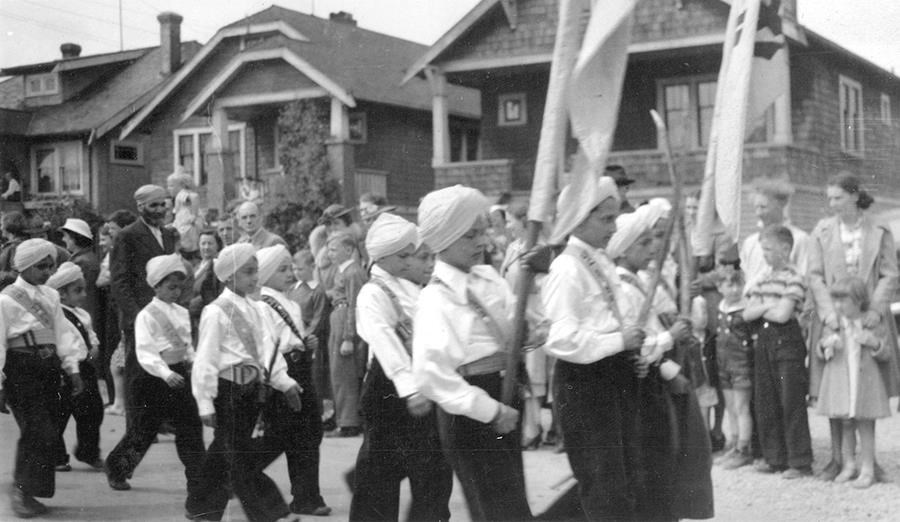This is not an unfamiliar sight in Vancouver. Immigrant families often live in two worlds – the old motherland from whence they came and the new home where they have been welcomed as guests. This duality has manifested itself in many ways over the decades, including on the streets of Vancouver itself.
We have seen it in the form of celebration with the annual Vaisakhi Nagar Kirtans which put Metro Vancouver on the world map as the largest Vaisakhi celebrations outside of India. We have seen it in times of grief while holding a funeral procession for Harnam Kaur, one of the first South Asian women in Canada, who lost her life in 1914 during her battle against Canada’s racist immigration policies of the time. We have seen it through numerous activist movements such as the Sikh and South Asian fight for labour rights in the 60s and 70s.
Then there have been times of pure pain and anguish, like with the farmers’ protests. Vancouver was a major hub of the Ghadr movement, one of the factions fighting for Indian independence from the British crown in the early 1900’s. Many activists and leaders of the movement shared intelligence and coordinated activities with fellow groups in India and down the West Coast into California. What was their relationship with the government of Canada, an entity still wholly under the Crown at this time, while they fought to free their homeland from it?
These stories and histories are part of the fabric of this city and this province. This is not just the history of Sikhs in BC, or the history of South Asians in BC, it is the history of BC. By excluding these stories from public discourse and schools, either due to bias or systemic inertia, we end up with a warped and Eurocentric view of our history.
One of the groups at the forefront of the research into these histories is The Nameless Collective, a group of historians and storytellers who rekindle these narratives of decades past by discovering and sharing archival documents, photographs, and records to paint a fuller picture of what Vancouver and BC has looked like over the past 100+ years.
For Sikh Heritage Month BC, The Nameless Collective will be hosting virtual walking tours on the streets of Metro Vancouver, including Kitsilano, New Westminster, and downtown Vancouver, as well as some intimate discussions going through archival pictures and sharing stories of Sikhs and South Asians in BC.
This April, during Sikh Heritage Month, take the opportunity to learn about this oft-forgotten part of BC’s rich history. The better we understand each other, the better we can help each other prosper and grow.
Danish Singh is Director of Sikh Heritage Month BC


